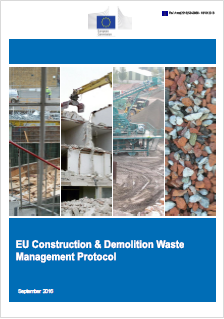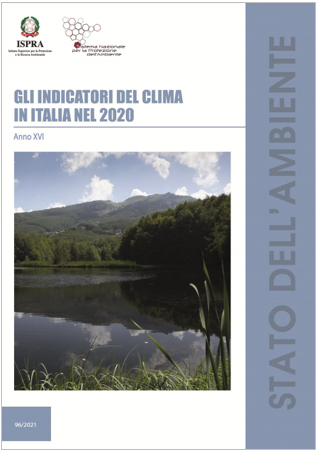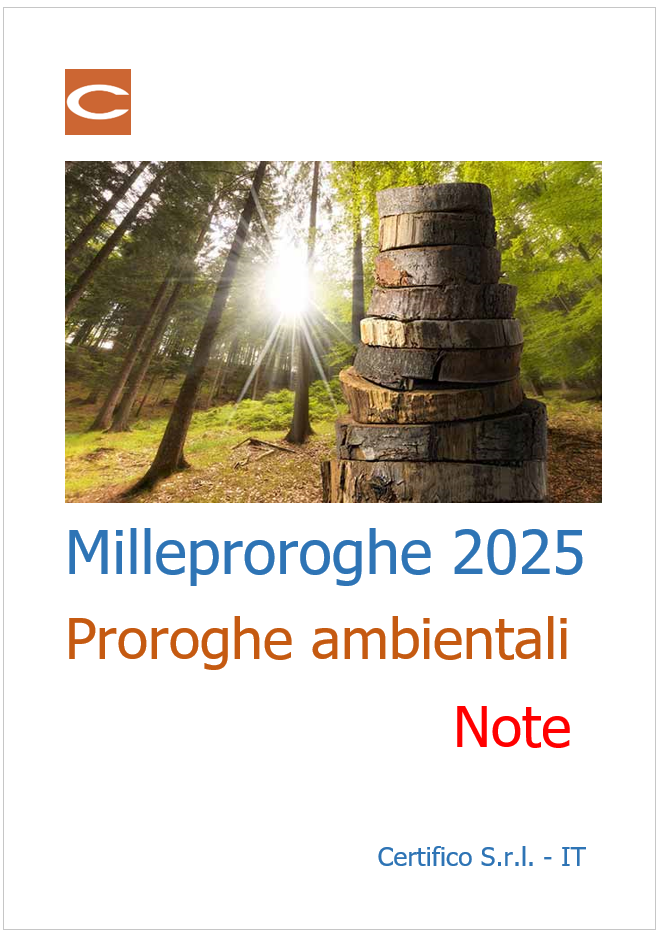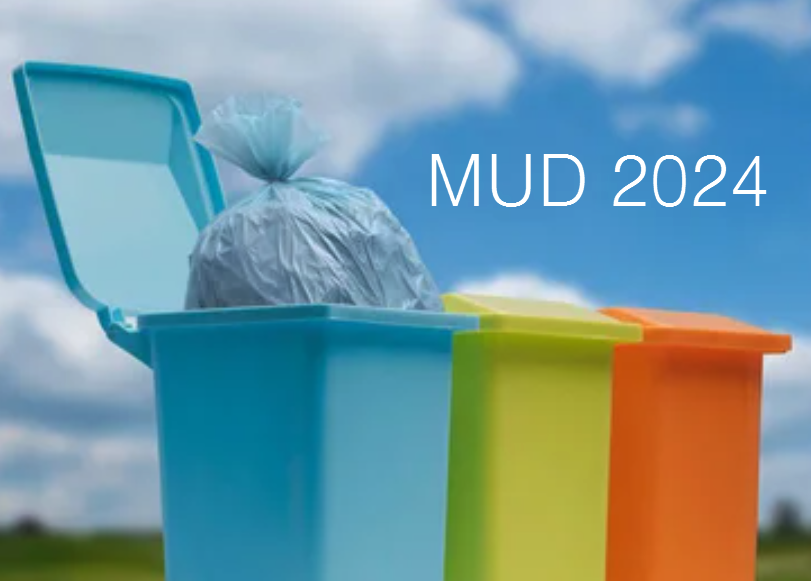Informazione tecnica HSE / 25 ° anno
/ Documenti disponibili:
45.513
/ Documenti scaricati: 34.253.322
/ Documenti scaricati: 34.253.322

ID 3253 | 22.11.2016
Based on volume, Construction and Demolition (C&D) waste is the largest waste stream in the EU. That's why the European Commission is introducing a new protocol on construction and demolition.
Based on independent research, the Commission is introducing the non-binding guidelines as a proposal to the industry. This Protocol fits within the Construction 2020 strategy, as well as the Communication on Resource Efficiency Opportunities in the Building Sector. It's also part of the European Commission’s ambitious and more recently adopted Circular Economy Package. Its overall aim is to increase confidence in the Construction and Demolition waste management process and the trust in the quality of Construction and Demolition recycled materials. This will be achieved by:
- Improved waste identification, source separation and collection
- Improved waste logistics
- Improved waste processing
- Quality management
- Appropriate policy and framework conditions
This Protocol has been developed for application in all 28 EU countries and has the following target groups of stakeholders:
- Industry practitioners; construction sector (including renovation companies and demolition contractors), construction product manufacturers, waste treatment, transport and logistics as well as recycling companies
- Public authorities at local, regional, national and EU levels
- Quality certification bodies for buildings and infrastructure
- Clients of C&D recycled materials
Background
Proper management of Construction and Demolition waste and recycled materials – including the correct handling of hazardous waste - can have major benefits in terms of sustainability and the quality of life. But it also can provide major benefits for the EU construction and recycling industry, as it boosts demand for C&D recycled materials.
The Waste Framework Directive 2008/98/EC aims to have 70% of Construction and Demolition waste recycled by 2020. However, with the exception of a few EU countries, only about 50% of C&D waste is currently being recycled. The good news is that some EU countries have already developed and implemented a framework which leads to a recycling rate of up to 90%. Indeed, there are many good practices in Europe and beyond to learn from.
However, one of the common hurdles to recycling and re-using Construction and Demolition waste in the EU is the lack of confidence in the quality of C&D recycled materials. There is also uncertainty about the potential health risk for workers using recycled C&D materials. This lack of confidence reduces and restricts the demand for C&D recycled materials, which inhibits the development of C&D waste management and recycling infrastructures in the EU.
The Construction and Demolition waste protocol includes good practices from across the EU that can be sources of inspiration for both policy makers and practitioners. It also includes an overview of definitions and a checklist for practitioners.
This initiative has been launched by the European Commission – the DG for Internal Market, Industry, Entrepreneurship and SMEs, but the project is built on the active participation and contribution from industry and national government officials according to the tripartite principle of the Construction 2020 initiative.
European Commission
Published on: 09/11/2016, Last update: 10/11/2016
Collegati

Il XVI rapporto della serie “Gli indicatori del clima in Italia” illustra l’andamento del clima nel corso del 2020 e aggiorna la stima delle v...

ID 23517 | 25.02.2025 / Note in allegato
Pubblicata nella GU n. 45 del 24 Febbraio 2025, la Legge 21 febbraio 2025 n. 15 di conversione del decreto-legge...

ID 21454 | 04.03.2024
E’ pubblicato in Gazzetta Ufficiale (Serie Generale) n. 52 del 2 marzo 2024, il Decreto d...
Testata editoriale iscritta al n. 22/2024 del registro periodici della cancelleria del Tribunale di Perugia in data 19.11.2024